The concept of a “shadow Earth” has fueled imaginations and scientific inquiries alike. As astronomers scan our vast solar system, the captivating possibility that a twin planet could be lurking just beyond our view continues to intrigue. This search not only pushes the boundaries of our understanding of the cosmos but also challenges our perspectives on Earth’s uniqueness. Join us as we delve into the mysteries surrounding the potential existence of a hidden, Earth-like planet in our solar neighborhood.
Understanding the Concept of a Shadow Earth

At the heart of the search for a shadow Earth lies the hypothesis that another Earth-sized planet, quietly mirroring our orbital path, could exist. This idea springs from the counter-Earth theory, originally proposed by the ancient Greek philosopher Philolaus and later expanded by scientists to include planets located in the gravitational shadows of larger celestial bodies, remaining hidden from direct observation.
The Science Behind Lagrange Points
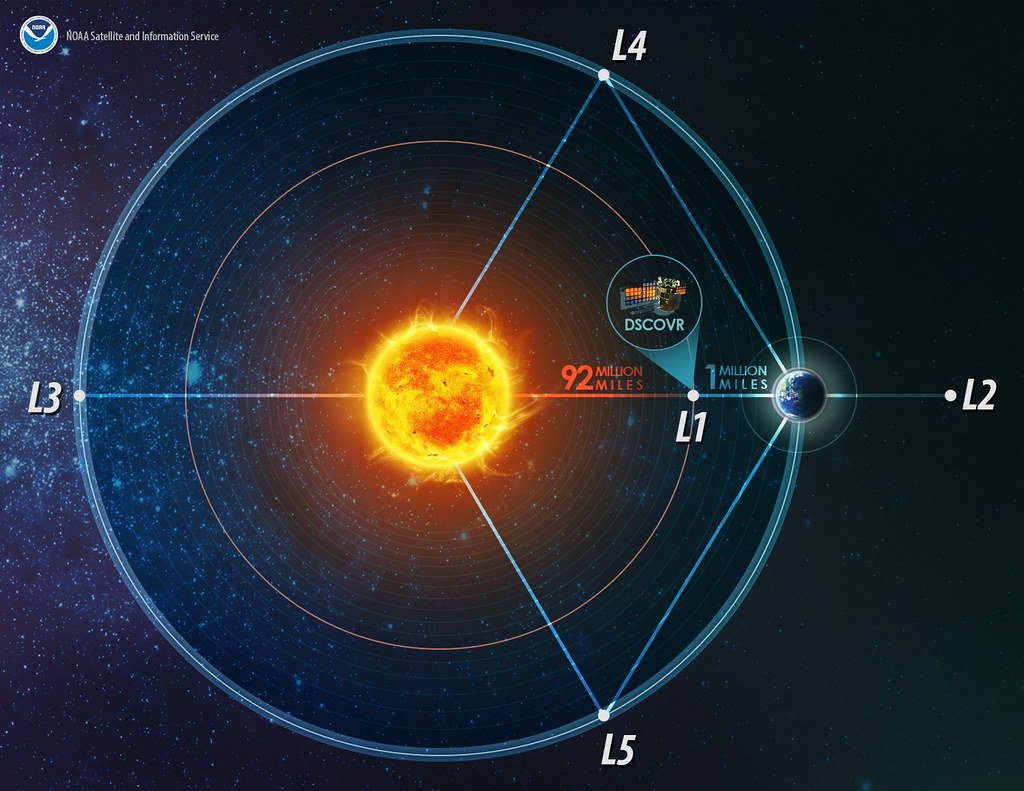
Central to the shadow Earth hypothesis are the Lagrange points—specific regions in space where a small object can maintain a stable position relative to two larger objects, such as the Earth and the Sun. Of particular interest are Lagrange points L4 and L5, which precede and follow a planet’s orbit, representing potential hiding spots for elusive celestial bodies.
The Search Techniques: How Do We Look for Hidden Planets?

Detecting an unseen twin Earth involves advanced astronomical techniques. Astronomers deploy tools such as telescopic surveys, infrared technology, and space missions to search for anomalies or gravitational effects that hint at the presence of a shadow Earth. These tools enable scientists to peer deep into space, covering regions otherwise obscured.
The Role of Space Missions
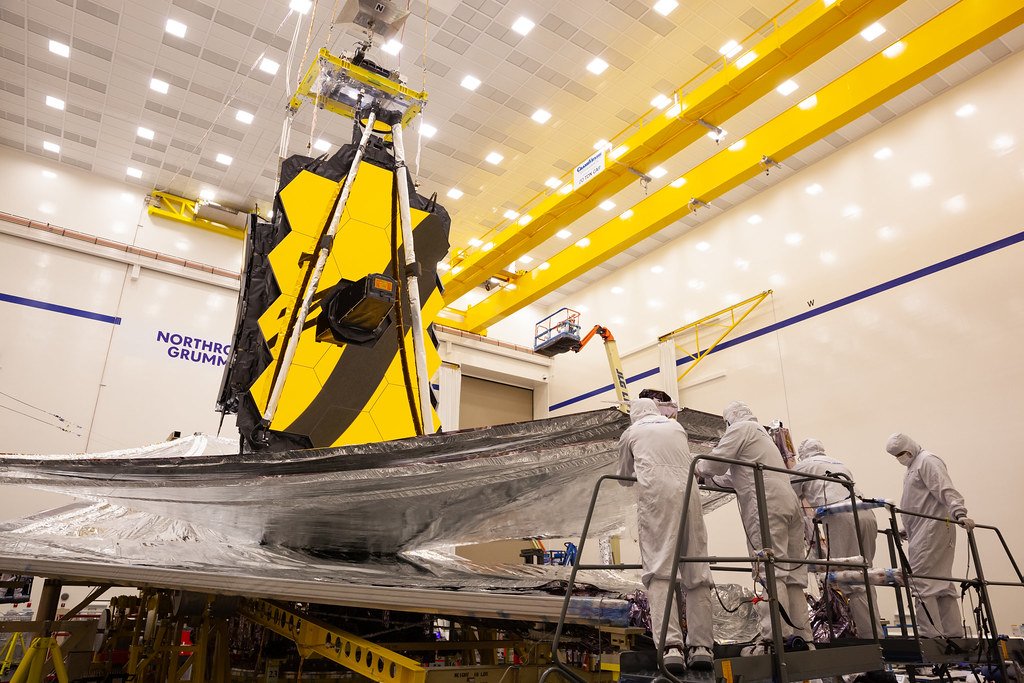
Missions like the James Webb Space Telescope provide unprecedented clarity in the search for shadow Earths. With its powerful capabilities, the telescope scans distant parts of the solar system for faint planetary signatures, challenging our notions of planetary formation and distribution.
The Influence of Gravitational Microlensing
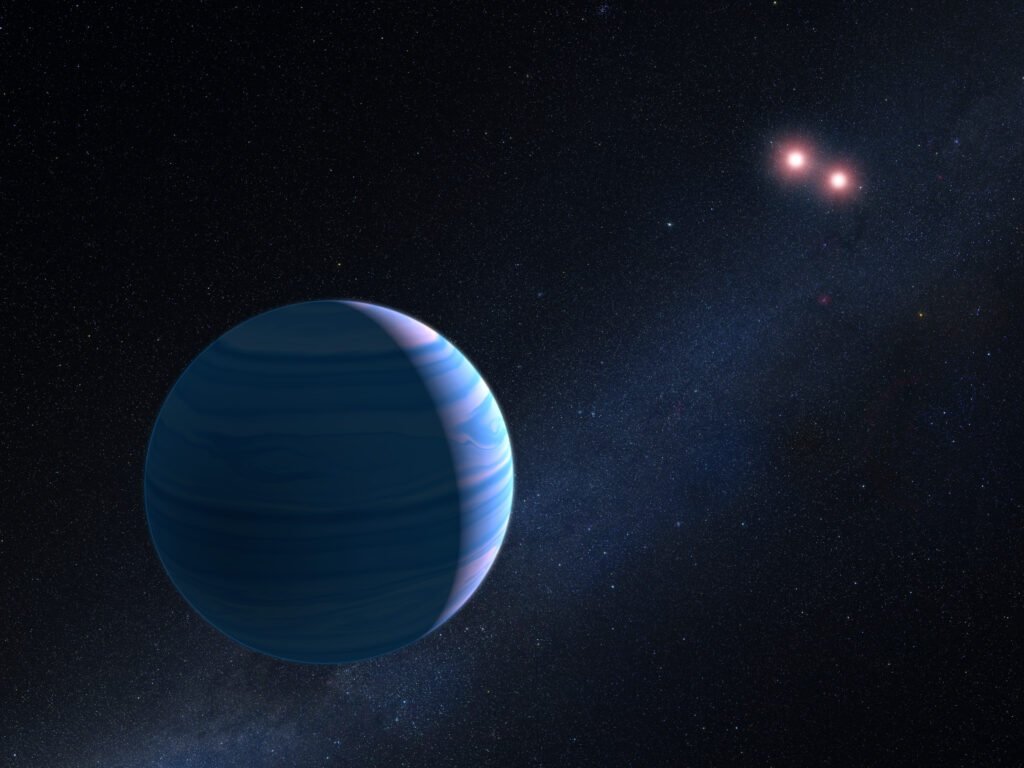
Gravitational microlensing offers another method for finding hidden planets. This phenomenon occurs when a massive object passes in front of a distant star, causing its light to bend and focus, potentially revealing planets that were previously invisible, including those at stable Lagrange points.
Historical Perspectives and Predictions
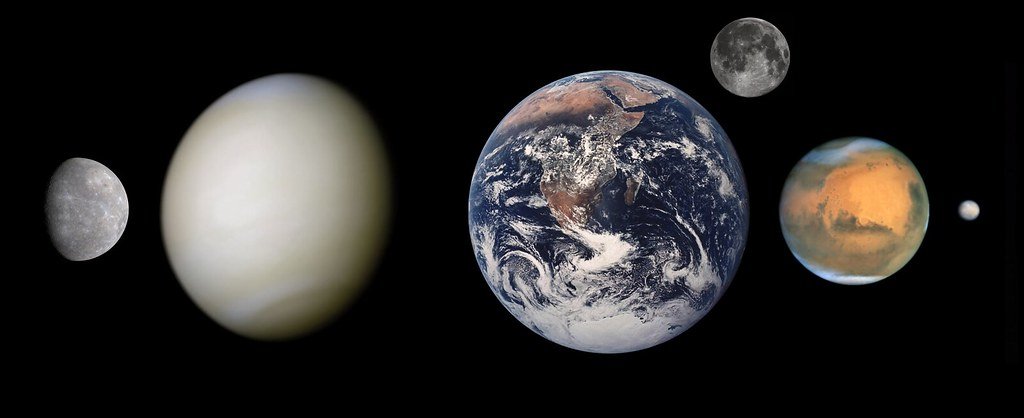
The shadow Earth theory, with roots in ancient philosophy, demonstrates how scientific paradigms evolve. While early astronomers speculated about unseen planets influenced by myth and speculation, contemporary scientists rely on mathematical models and observational data to test these theories.
The Importance of Computer Simulations
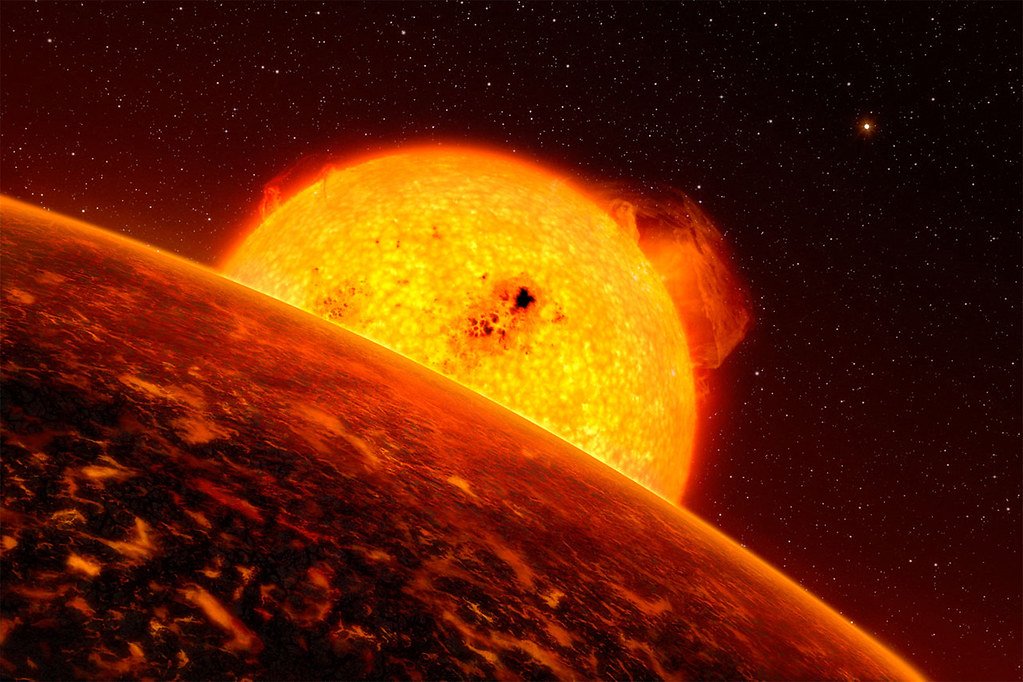
Computer simulations play a crucial role in modeling the dynamics of the solar system and predicting the potential locations of shadow Earths. Simulations allow researchers to explore various scenarios, analyze gravitational influences, and develop new strategies for detection.
Challenges in the Hunt for Shadow Earths

The search for a shadow Earth is fraught with challenges, from technological limitations to the vastness and complexity of space. Additionally, the faint signals and indirect evidence make distinguishing a potential twin planet from cosmic noise especially difficult.
Implications for Earth Sciences

Discovering a shadow Earth would revolutionize our understanding of planetary science, potentially revealing new insights into Earth’s formation and conditions necessary for life. Such a discovery would also provide comparative data to study our planet’s geology, atmosphere, and potential for life beyond our Earth.
Potential Impacts on Exoplanet Research

Finding a shadow Earth would impact the broader field of exoplanet research by refining our methods of detection and expanding our knowledge of how solar systems develop. It could shift focus from distant exoplanets to nearby candidates within our solar system.
Theoretical Models: Expanding Our Understanding

Current theoretical models about planet formation and stability challenge the traditional view of planetary orbits. A shadow Earth would prompt revisions in these models, leading to a deeper comprehension of celestial mechanics and dynamics.
What if We Find a Shadow Earth?

The discovery of a shadow Earth would be monumental, confirming the existence of another habitable planet in our solar vicinity. It could urge humanity to consider long-term possibilities for interplanetary exploration and survival.
The Future of Shadow Earth Research

Continued advancements in technology and observational techniques keep the dream of finding a shadow Earth alive. Future missions and developments hold the promise of finally unveiling the secrets of such elusive planets.
In conclusion, the possibility of a shadow Earth captivates both scientific and general interest, urging us to explore beyond the limitations of our current knowledge and technology. Whether or not we eventually discover this hidden world, the search itself enriches our understanding of the cosmos and inspires us to keep gazing outward, forever curious about the mysteries that remain to be uncovered.



